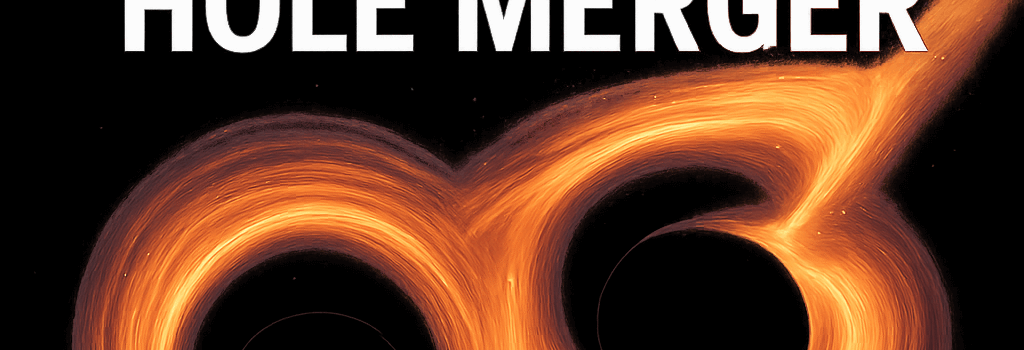Mass Record Set by Black Hole Merger

Physicists with the LIGO/Virgo/KAGRA collaboration have announced the detection of gravitational waves from GW231123, the heaviest binary black hole merger observed to date. This landmark event produced a remnant black hole of approximately 225 solar masses, expanding the known range of black hole formation and challenging current stellar evolution paradigms.
Detection Overview
Captured on November 23, 2023, by the global network including LIGO Hanford, LIGO Livingston, Advanced Virgo, and KAGRA, the signal exhibited a peak signal-to-noise ratio (SNR) near 20. Matched-filtering algorithms using waveform families such as IMRPhenomX and SEOBNRv5 were key to extracting source parameters from the noisy strain data. The dual 4-km laser interferometers operate at 1064 nm with input laser powers exceeding 200 W, achieving strain sensitivities of order 10−23 /√Hz across the band 20 Hz–2 kHz.
Technical Specifications of the Observatories
- Arm length: 4 km (LIGO), 3 km (Virgo), 3 km (KAGRA)
- Laser system: Nd:YAG at 1064 nm, 200–250 W input power
- Test masses: 40 kg fused silica (LIGO), cryogenic sapphire (KAGRA)
- Vacuum: ≤10−9 torr, seismic isolation with multi-stage active suspension
- Quantum enhancements: squeezed-light injection reduces shot noise by ~3 dB
Event Parameters and Analysis
- Primary mass: ~140 solar masses (Msun)
- Secondary mass: ~100 Msun
- Remnant mass: ~225 Msun
- Dimensionless spins: χ₁ ~0.9, χ₂ ~0.85
- Radiated energy: ~5 Msun c² (≈9×1047 joules)
- Peak gravitational-wave frequency: ~60 Hz
Astrophysical Implications
This merger falls within the pair-instability supernova mass gap, suggesting a hierarchical origin in dense environments. Simulations of globular cluster dynamics and AGN disk accretion show that successive mergers can build intermediate-mass black holes. As Dr. Maya Fishbach (Northwestern University) notes, “GW231123 provides strong evidence that black hole growth is an iterative process in high-density astrophysical sites.”
Instrumental Challenges and Upgrades
The high spins and large masses complicate waveform modeling due to strong precessional effects. Future upgrades, including LIGO A+ (targeting a factor-2 sensitivity improvement) and KAGRA Phase 2, will enhance detection of low-frequency signals down to 5 Hz. Construction of LIGO-India and proposed third-generation observatories like the Einstein Telescope will further extend the observable volume.
Future Prospects and Theoretical Models
Advanced parameter estimation using machine learning surrogates is under development to accelerate runs. O5 and next-generation detectors will refine tests of general relativity via black hole spectroscopy and investigate potential electromagnetic counterparts in joint multimessenger campaigns. These efforts promise to map out the population of intermediate-mass black holes across cosmic history.
Ed Porter (CNRS, Paris): “Analyzing such massive and highly spinning systems pushes our data pipelines and waveform families to their limits, driving theoretical and computational advances in gravitational-wave astronomy.”